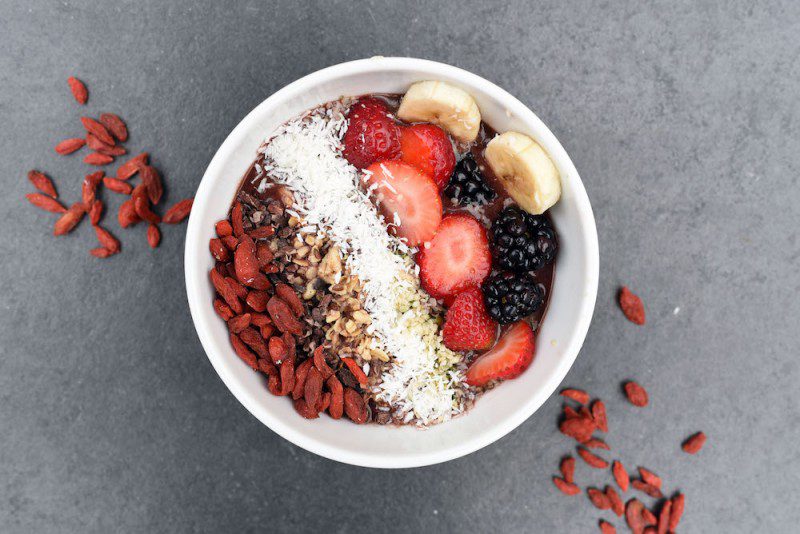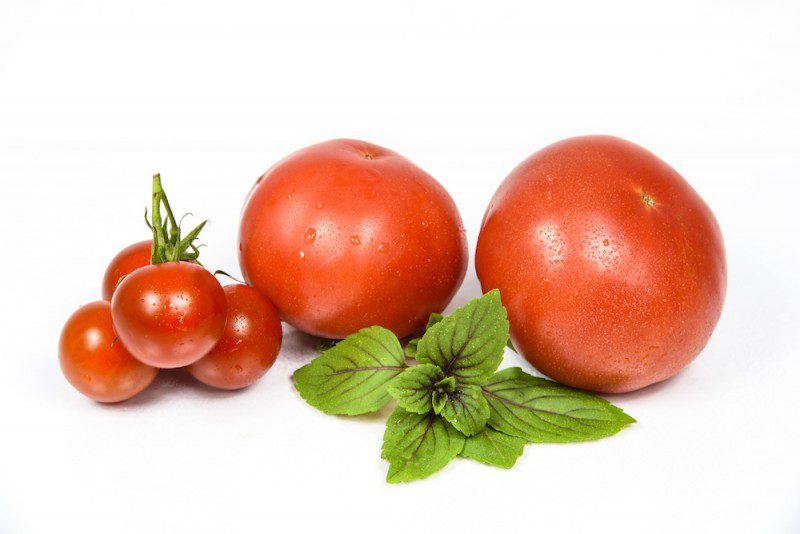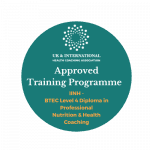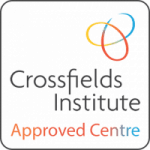All of us dream of healthy, clear and glowing skin. It’s no wonder that the beauty industry is worth billions of dollars. But did you know that as one of your biggest organs, your skin can also reveal a lot about your health and wellness? So while we may happily spend cash on lotions and cream, this skin-health relationship also means that your nutrition has a key role to play. For example, allergies may materialise as spots, a rash or acne or dry and/or cracked skin can be a sign of dehydration. Of course, there’s more to it than just food. Environment and genetics are also key factors contributing to healthy skin but a bit more on that later. First things first, if nutrition is key, what are the best foods for your skin?
Best Foods for Your Skin
No matter your skin goal, the right diet can be incredibly valuable to both heal any rashes or spots and to reduce redness and inflammation.
Nutrients are key to all functions in the body. At the heart of it all is the cell – we eat food, it gets broken down, it enters the blood and gets sent to our cells for repair and optimal function. The toxins that remain or are produced as by-products are then disposed of. So when it comes to choosing the best foods for your skin this simple summary makes it straightforward: eat more nutrients and fewer toxins.
Key takeaway
Your aim should be to follow a way of eating that incorporates balance, maximal colours and seasonal variety. Of course, this means a lot of plant-powered energy in the form of vegetables, fruits, herbs and whole plants sources of protein and fats. This will all help to increase number and variety micronutrients which can then maximise the health of your cells. The following list outlines some of the best foods for your skin.

What can I eat?
- Almonds are rich in vitamin E which can be of great benefit to your skin. Vitamin E is an antioxidant which helps to prevent cell damage and protect skin from the sun’s rays. Almonds are also are a good source of monounsaturated fat which helps to keep skin hydrated and reduces inflammation.
- Turmeric: anti-inflammatory and rich in antioxidants to fight free radicals. One key component, curcumin, has shown to be one of the most effective anti-inflammatory and free-radical fighting options out there.
- Spirulina: a rich source of protein but also rich in antioxidants and minerals for a clear complexion.
- Carrots are rich in beta-carotene which converts to vitamin A. This vitamin helps with skin repair and protects against sun damage.
- Sweet Potatoes are also rich in beta-carotene which supports vitamin A production. Since vitamin A is a fat-soluble vitamin, include a small amount of healthy fat when eating these to help with the conversion of beta-carotene and delivery of the vitamin to the cells.
- Salmon is rich in omega 3 fatty acids which are known for their anti-inflammatory properties. Furthermore, omega 3 supports skin elasticity and also aids in cell elasticity (the membrane of a cell has a fatty layer which gives it elastic property). When a cell is able to shape-shift and move like this, it can also optimally absorb nutrients made available.
- Tomatoes: The phytochemical that makes tomatoes red, lycopene, helps boosts collagen strength. Collagen is a protein that gives skin its youthful structure.
- Avocado: Rich in monounsaturated fatty acids, avocados are also a good source of fats to support skin elasticity and cell health and also helps you absorb many of the fat-soluble vitamins.
Now that we have mentioned nutrients, let’s focus on toxins for a moment.

Toxins
Toxins are defined as substances that cause harm to organisms. Toxicity can affect body, mind and spirit. They are foreign to the body and come from external sources (exotoxins) or internal sources (endotoxins). When it comes to diet & lifestyle, we are talking about exotoxins and the list here is long. Some examples to note are smoking, food additives, cosmetics, exhaust fumes and cleaning products. While your body deals with toxins every day and has efficient systems to do so, there is also an inherent risk of becoming overburdened by too many toxins coming ‘in’ and not enough getting ‘out’. In the body, toxins can wreak havoc; they interrupt cell signalling, damage cells and cause the formation of free radicals. Some even block mineral and vitamin absorption by deactivating certain enzymes or simply taking up all the receptors. All of this contributes to wrinkles and premature ageing.
A note on Creams and Lotions:
As noted in the opening, the beauty industry is worth billions and is growing yearly. However, using creams and lotions can also be negative for skin health. The average female uses 12 different products daily which is about 4lbs of chemicals penetrating skin yearly. Given the speed of this process, knowing what exactly is in your products becomes vital. Sure it claims anti-ageing, clarifying, beautifying….but read the ingredients and try to make sense of them. A lot of these creams contain long lists of ingredients, many of which are questionable or totally unnecessary. Figures vary but someone who uses a wide range of beauty products could have potentially anywhere from 175-500 chemicals in their blood-stream by the time they go to bed. The task of scrutinising every single ingredient is no doubt a daunting one. What you can do instead is look for natural brands or even DIY products. The top ingredients to practice caution with include:
- Anything you soak in for a long period of time
- Anything you apply but don’t wash off.
Key takeaway
the goal is to try to avoid as many of these toxins as possible. Sure yes, our body has clever ways of dealing with toxins via natural detoxification pathways controlled namely by the liver. But rather than put all the work on the organ, it’s an even better strategy to minimise the incoming load?
When it comes to talking about the best foods for your skin, diet is important but not the only factor. Two others deserve mention: genetics and the environment.
Environment and Genetics
Genetics: As humans, we are made up of genes. Each gene contains information related to you and whether that information is taken up and used depends on multiple factors including diet, stress levels, infections, injuries, inflammation and so on. While you may be predisposed to certain skin conditions, it’s the latter list that helps to control this predisposition.
Environment: The kind of environment we tend to live in today is far removed from that 2000 years ago. Over the years, so much has changed. City living is relatively new to the human species and brings with it some important things to note for skin health. Air quality is one notable factor that leaves our skin exposed to increasing air pollution and exhaust fumes. While our skin cells have built-in repair mechanisms, constant exposure can eventually drive us to a level beyond one that our skin can fight off. Aside from just the city life, we also need to take care in the sun. Even on a cold winter day, the sun’s rays can be harmful to our skin. These rays penetrate the skin and go quite deep into the structure, creating damage to key components. On a daily basis, a simple SPF can help protect from this damage.
So there you have it; best foods for your skin and a note on environment and genetics.











